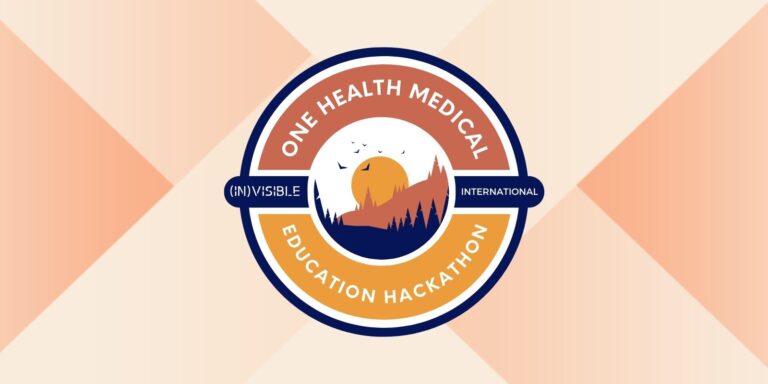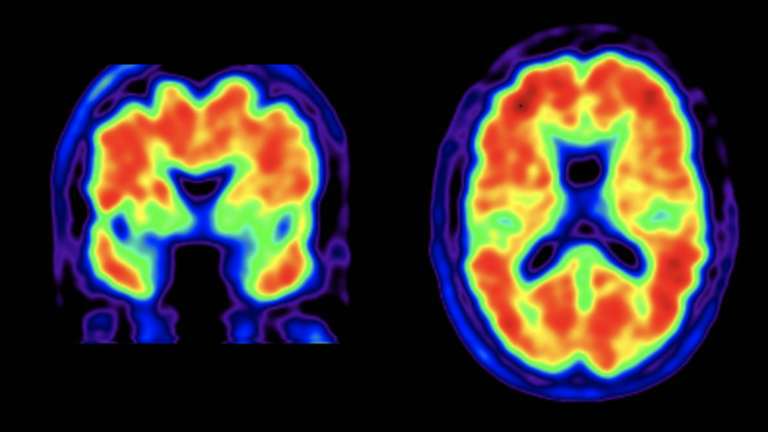Why is it so hard to find a Lyme doctor? Here are some reasons.
In the first study of its kind, two Lyme disease experts gathered data on a question…

In the first study of its kind, two Lyme disease experts gathered data on a question…

Invisible’s new continuing medical education course, “Zoonotic diseases and pet dogs,” discusses common diseases that can…

In Invisible’s latest medical education course, Monica Embers, PhD, associate professor of microbiology and immunology at…

In our newly released medical education course, a Dublin-based infectious disease physician-researcher raises the alarm about…

As 2022 comes to an end, the team at Invisible International is taking a moment to…

Bridging the Knowledge Gap Between Human and Animal Clinicians Register: https://tinyurl.com/y3285t6m When: Nov. 5, 2022 —9am…

Lyme disease affects children more than any other age group, but the young ones are often…

This week Invisible International shines a light on recent progress in the Lyme disease world with…

In 2019, the late-great-science-writer Sharon Begley wrote an insightful article, “The maddening saga of how an…

Christine Green, MD, is a Stanford-trained, board-certified family medicine physician with 30 years of experience treating…
End of content
End of content